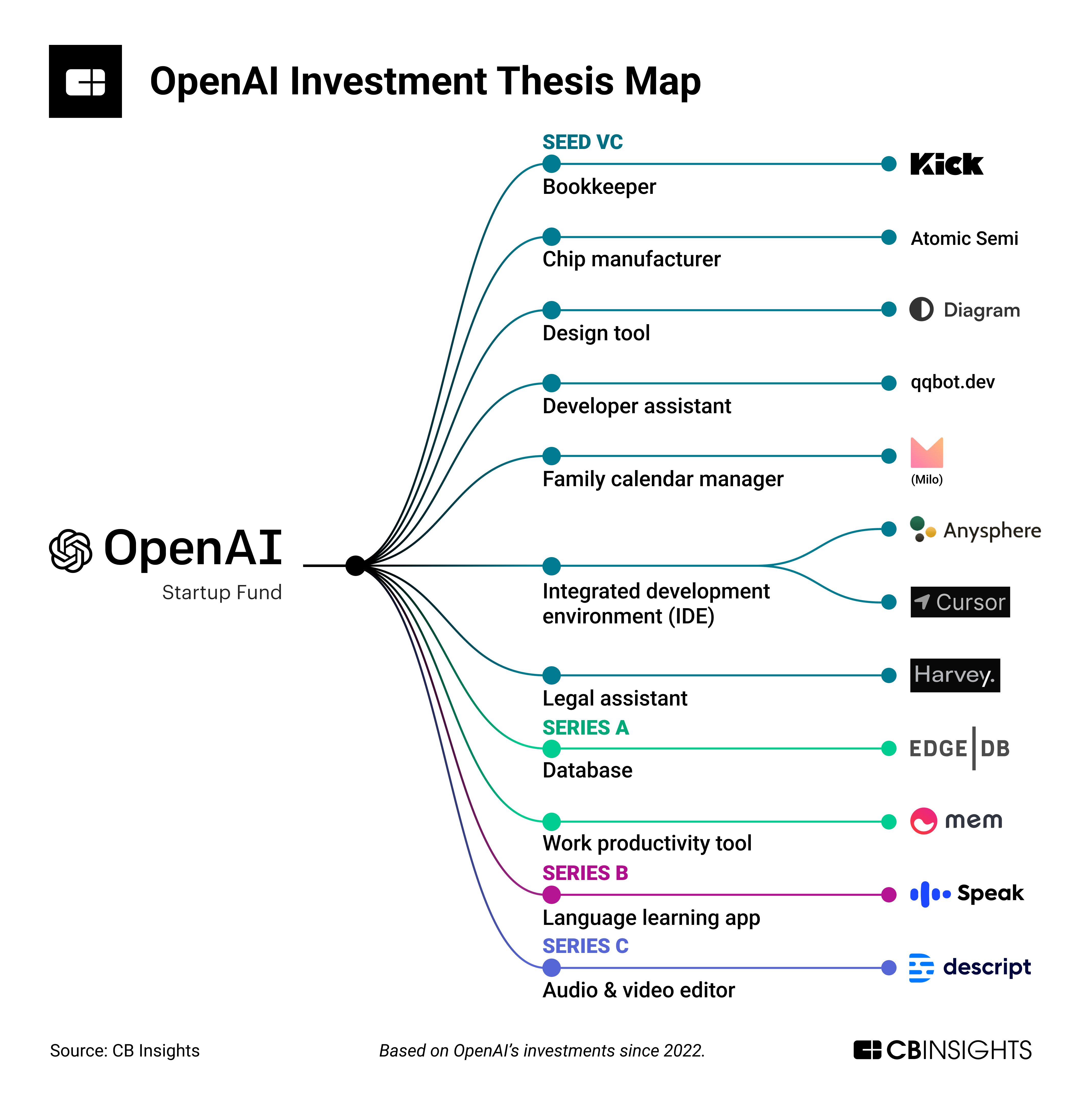Navigating The Chinese Auto Market: The Experiences Of BMW, Porsche, And Competitors

Table of Contents
BMW's Strategy in China: Localization and Luxury
BMW's success in China is a testament to its strategic approach, combining localization with the preservation of its luxury brand image. Their strategies demonstrate a deep understanding of the Chinese consumer and the unique dynamics of the market.
Tailoring to Chinese Consumer Preferences:
The Chinese consumer demands specific features and experiences. BMW has successfully addressed this by:
- Long Wheelbase Models: Offering extended wheelbase versions of popular models provides crucial additional rear passenger legroom, a highly valued feature in China.
- China-Specific Features: Incorporating technology and features tailored to the preferences of Chinese drivers, including advanced infotainment systems and connectivity solutions.
- Digital Connectivity: Prioritizing seamless integration of smartphones and other digital devices within the vehicle, catering to the tech-savvy Chinese consumer.
- Strategic Partnerships: Collaborating with local businesses and suppliers to enhance efficiency, localization, and understanding of the market.
- Electric Vehicle Focus: The success of the BMW iX in China demonstrates the brand's commitment to electric mobility, aligning with the country's push towards greener transportation.
Building a Strong Brand Image:
Beyond product adaptation, BMW has cultivated a powerful brand image in China through:
- High-Profile Sponsorships: Associating with prestigious events and cultural initiatives to enhance brand perception and affinity.
- Targeted Digital Marketing: Employing effective digital marketing campaigns across various platforms to reach specific demographics with tailored messaging.
- Superior Customer Service: Investing significantly in superior customer service and after-sales support to build loyalty and trust.
- Leveraging Brand Heritage: Capitalizing on BMW's global reputation for quality, performance, and innovation.
- Celebrity Endorsements: Using influential celebrities in marketing campaigns to further enhance brand recognition and desirability.
Porsche's Approach: Preserving Exclusivity while Expanding Reach
Porsche's strategy in China balances the preservation of its exclusive brand image with the necessity of expanding its reach within this massive market.
Maintaining Brand Prestige:
Porsche has prioritized upholding its image as a luxury performance brand by:
- High-Performance Focus: Continuing to emphasize high-performance vehicles and limited edition models to maintain exclusivity.
- Premium Pricing Strategy: Maintaining a premium pricing strategy to reinforce its position at the top of the market.
- Community Building: Cultivating a strong sense of community among Porsche owners in China through exclusive events and networking opportunities.
- Emphasis on Craftsmanship: Highlighting the craftsmanship and heritage of the brand to resonate with discerning consumers.
- Electric Sports Car Success: The successful launch and adoption of the Taycan electric sports car demonstrates a successful pivot towards electric mobility while retaining the brand's performance identity.
Adapting to the Chinese Market:
While preserving its prestige, Porsche has also adapted to the Chinese market's specifics:
- SUV Introduction: Introducing a range of SUVs tailored to the growing demand for these vehicle types in the Chinese market.
- Extensive Dealer Network: Developing a robust dealer network across major Chinese cities to ensure convenient access for customers.
- Digital Sales and Engagement: Investing in digital platforms for online sales and customer engagement, catering to the increasing prevalence of online shopping.
- Motorsport Participation: Participating in motorsport events to enhance brand awareness and generate excitement among potential customers.
- Electromobility Investment: Significant investment in electromobility and digitalization specifically for the Chinese market, demonstrating commitment to future trends.
Competitor Strategies and Market Dynamics:
The Chinese auto market is far from a two-horse race. Understanding the broader competitive landscape is critical.
The Rise of Domestic Chinese Brands:
The emergence of successful domestic brands like BYD, NIO, and Xpeng presents a significant challenge to international players. Their strengths include:
- Increasing Market Share: These brands are rapidly gaining market share, driven by strong local support, technological innovation, and competitive pricing.
- Competitive Advantages: They benefit from advantages like advanced electric vehicle technology, cost-effectiveness, and localized after-sales support.
- Impact on International Brands: The success of these brands forces established international players to adapt and innovate to remain competitive.
Challenges and Opportunities:
Navigating the Chinese auto market presents several challenges:
- Government Regulations: Understanding and complying with evolving government regulations and import tariffs.
- Supply Chain Disruptions: Managing potential supply chain disruptions and logistical complexities.
- Evolving Consumer Preferences: Adapting to rapidly changing consumer preferences and technological advancements.
- Cultural Nuances: Understanding the unique cultural nuances and consumer behaviour in the Chinese market.
- Government Incentives: Leveraging government incentives for electric vehicles and other sustainable technologies.
Conclusion
Navigating the Chinese auto market requires a nuanced understanding of consumer preferences, government regulations, and the competitive landscape. While BMW and Porsche have demonstrated effective strategies blending localization with brand prestige, the rise of domestic brands underscores the need for ongoing innovation and adaptation. Successfully navigating the Chinese auto market demands a commitment to technological advancements, cultural sensitivity, and agile response to evolving market dynamics. To further your understanding of navigating the Chinese auto market, explore detailed case studies of specific brands and their strategies. Don't hesitate to delve deeper into the unique challenges and opportunities presented by this vital automotive landscape.

Featured Posts
-
 Mubadala Abu Dhabi Open Rybakina Edges Jabeur In Dramatic Victory
Apr 27, 2025
Mubadala Abu Dhabi Open Rybakina Edges Jabeur In Dramatic Victory
Apr 27, 2025 -
 Belinda Bencic Campeona Nueve Meses Despues Del Parto
Apr 27, 2025
Belinda Bencic Campeona Nueve Meses Despues Del Parto
Apr 27, 2025 -
 Pne Group Secures Permits For German Wind And Solar Projects
Apr 27, 2025
Pne Group Secures Permits For German Wind And Solar Projects
Apr 27, 2025 -
 Ariana Grandes Hair And Tattoo Makeover The Professionals Who Made It Happen
Apr 27, 2025
Ariana Grandes Hair And Tattoo Makeover The Professionals Who Made It Happen
Apr 27, 2025 -
 Celebrity Style Ariana Grandes Hair And Tattoo Transformation And The Experts Behind It
Apr 27, 2025
Celebrity Style Ariana Grandes Hair And Tattoo Transformation And The Experts Behind It
Apr 27, 2025
Latest Posts
-
 Investigation Reveals Lingering Toxic Chemicals From Ohio Train Derailment
Apr 28, 2025
Investigation Reveals Lingering Toxic Chemicals From Ohio Train Derailment
Apr 28, 2025 -
 Ohio Train Derailment Lingering Toxic Chemicals In Buildings
Apr 28, 2025
Ohio Train Derailment Lingering Toxic Chemicals In Buildings
Apr 28, 2025 -
 Open Ai Unveils Streamlined Voice Assistant Development Tools
Apr 28, 2025
Open Ai Unveils Streamlined Voice Assistant Development Tools
Apr 28, 2025 -
 Building Voice Assistants Made Easy Open Ais 2024 Announcement
Apr 28, 2025
Building Voice Assistants Made Easy Open Ais 2024 Announcement
Apr 28, 2025 -
 16 Million Penalty T Mobiles Three Year Data Breach Settlement
Apr 28, 2025
16 Million Penalty T Mobiles Three Year Data Breach Settlement
Apr 28, 2025
